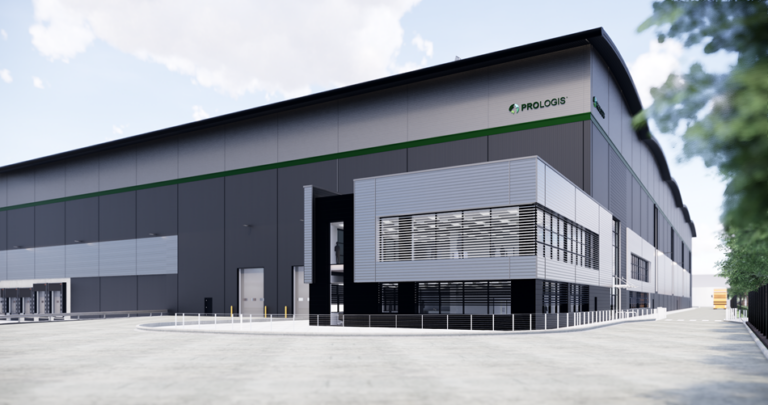E-commerce sector has been driving warehouse take-up in the first half of 2019 according to the latest research from Avison Young.
There has been a stronger level of take-up for big sheds during the second quarter of 2019 as requirements have increased following a slow start to the year. Andrew Jackson, principal and managing director, industrial at Avison Young said: “Activity has been particularly dominated by the e-commerce sector, with take-up concentrated along the length of the M1 corridor, with Yorkshire, the East Midlands and the South East accounting for more than 90% of activity.”
Take-up of grade A warehouses over 100,000 sq ft totalled 9.5 million sq ft during H1, which is 16 per cent down on the five-year six monthly average of 11.2 million sq ft.
The retail (non-food) sector was by far the most acquisitive during the first half of the year, accounting for 62 per cnet of take-up (with internet only retail companies accounting for almost half of take-up).
One internet retailer has taken some 3 million sq – a 1.75 million sq ft pre-let at Summit Park, Mansfield, along with two other significant lettings of 500,000 sq ft plus at Doncaster and Milton Keynes.
Jackson said: “The structural changes in the sector and projections for growth are seemingly off-setting the political uncertainty.”
There has been a wide variation in activity across the regions. During the first half of the year more than 90 per cent of activity was focused in three regions; the East Midlands (38 per cent), London, the South East and East (35 per cent) and Yorkshire and the North East (20 per cent). There was an unusually low level of take-up in the West Midlands, North West and South West regions, although the deals pipeline for the rest of the year indicates significantly improving demand in some of these underperforming locations.
A lot of speculative space has completed over the past 12 months, providing wider choice in the market in terms of location and size of unit and subsequently speculative take-up has increased to 23 per cent of total take-up this year. As a result occupiers have taken less design and build product compared to the past two years.
This increased speculative development means supply levels (including space under construction) have risen to 29.5 million sq ft. This amounts to 16 months take-up based on average demand for the past five years.
Speculative supply currently makes up 58 per cent of total supply (36 per cent completed and 22 per cent under construction), while second hand space accounts for the remaining 42 per cent of the total.
The size of speculative developments has also increased over the past year as developers are responding to the larger requirements of e-commerce retailers, with examples including Prologis’ 535,000 sq ft development at DIRFT and IM Properties’ 533,000 sq ft at Hinckley Park.
Upward pressure continues on rents for distribution property. According to MSCI, rental growth over the 12 months to July was 3.6 per cent. It expects a continuation of low vacancy rates and rental growth of around 3 per cent a year for all distribution property for 2019, moderating to just over 2 per cent in 2020.
By Liza Helps







